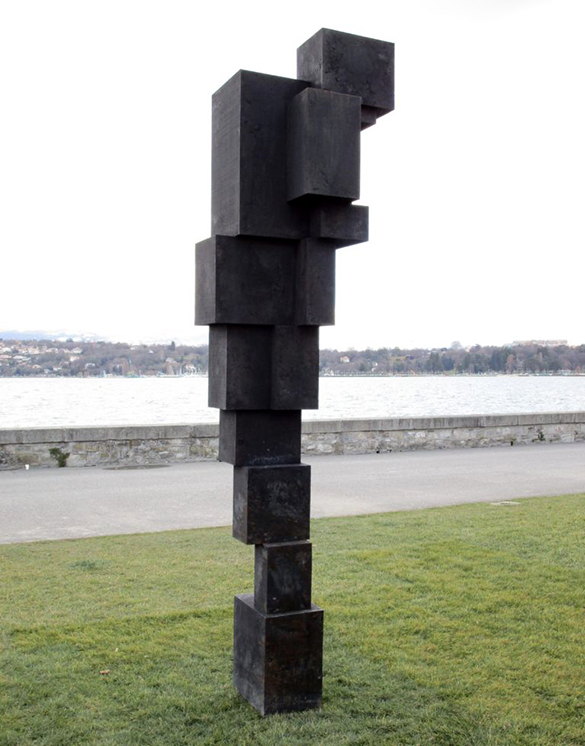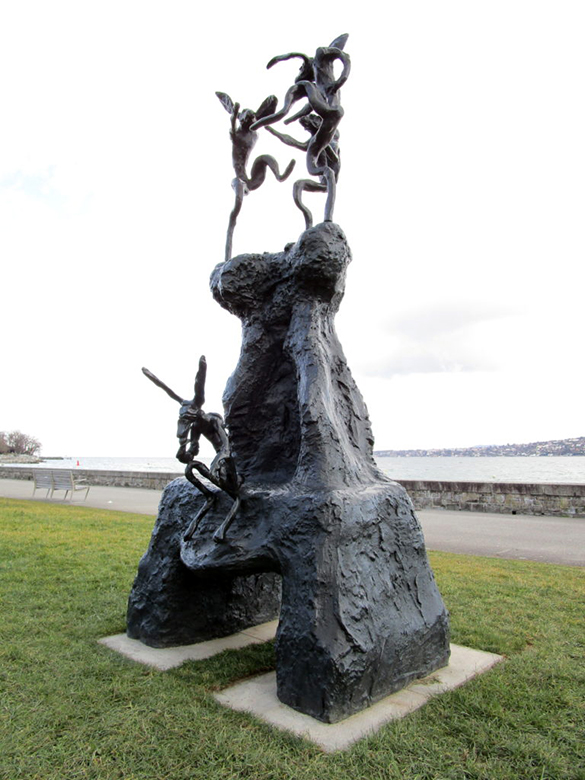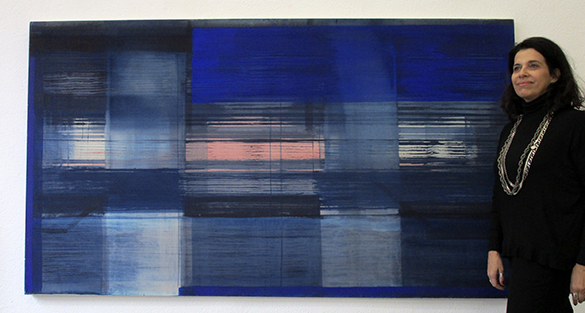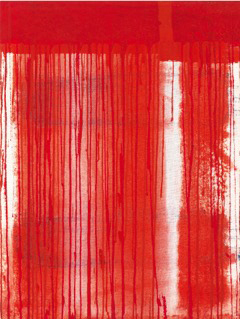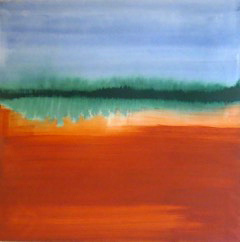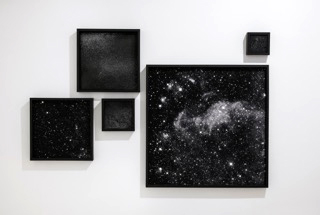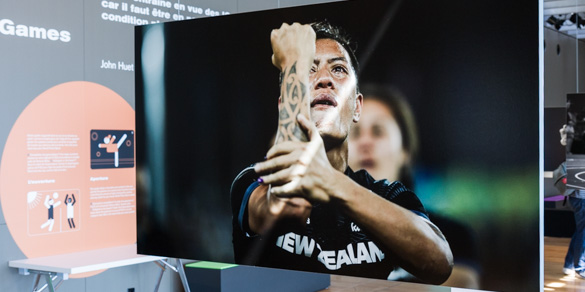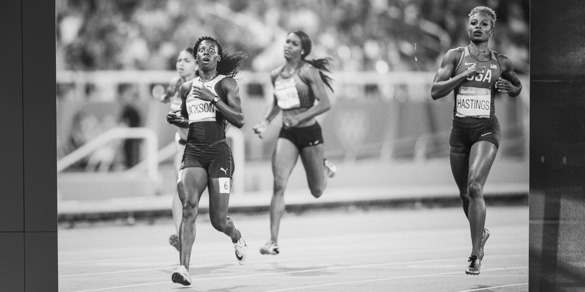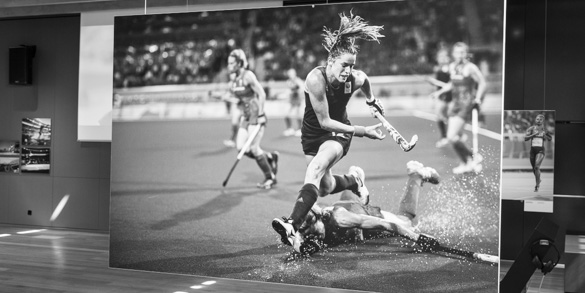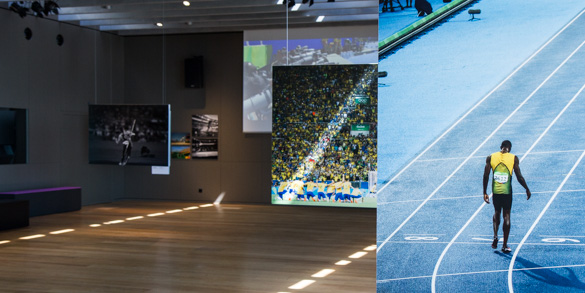Art Geneva 2018 has come and gone. What remains is a series of sculptures selected for the lakeside extension of this ever-growing art fare. I think this is the best part of the whole show. I love it. Big, bold public sculpture in an ideal setting. There’s just one problem. It’s minus 6 degrees by the lake today. The wind barrelling down from Lausanne makes it colder still. Wave-made icicles hang off “no swimming” signs (!) and mooring ropes. Only a few hardy dog-walkers and I are out and about. Somehow, the sculptures stand immune to and united against the blistering cold.
Gonzalo Lebrija’s twisted cube sits on a neat and clean base. It is itself a neat and clean structure. The smooth worked steel makes for blade-like lines. I run my numb thumb down it’s frozen edges. The proportions and feel are pleasing.
O frabjous day! An Anthony Gormley. Somehow, someone from Art Geneva has managed to snag from somewhere and install here a work by the master of forged iron big public sculpture. I walk around it. No clean base this time but some carefully laid turf. Were it not for the temperature, I would sit by it for an hour or so and simply admire its balanced cuboid proportions. It makes me happy.
My third choice is Barry Flanagan’s “Large monument”. The name doesn’t help understand what passed through the sculpter’s mind in the creative process. Maybe this builds on the intrigue. I am sure there is a reference to some otherworld fantasy. (It reminds me of Paul Dibbles very real-world “Calici scythe“) Three happy rabbitoid figures prance and dance atop a tall, rough, solidly-sitting throne-like thingummyjig. A fourth figure sits pensively as though he/she/it is bored with the prance-dance. The reason I admire it is that whilst it is certainly a “large monument,” I can’t see Mr Flanagan taking the necessary work terribly seriously. I think he just had fun.
If you can’t brave the cold now wait a week or so for a slightly warmer Geneva lakeside to take in these sculptures. Individually and collectively, they are immensely gratifying.


